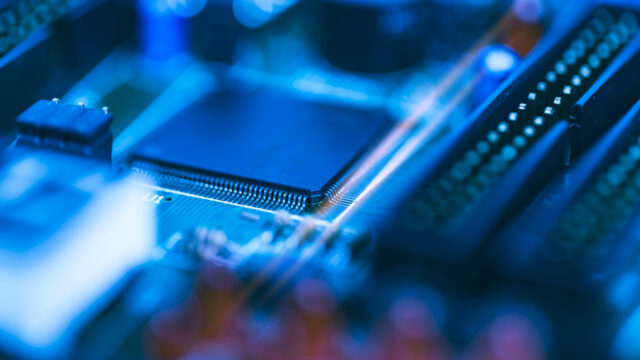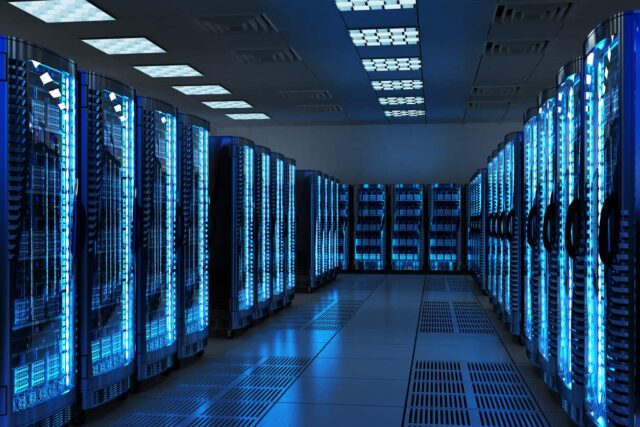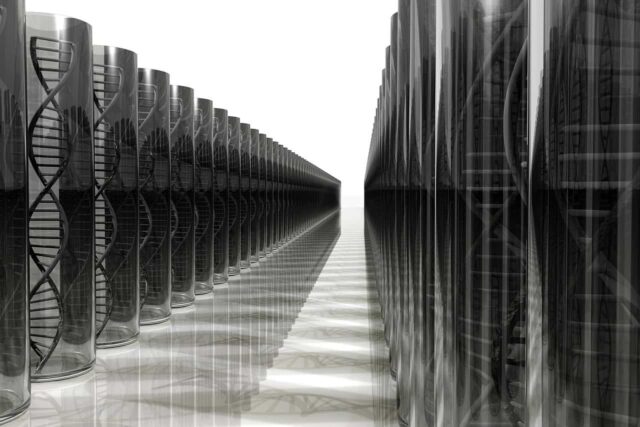Demand for data centre (DC) services has been steadily rising every year, but since the beginning of the COVID-19 pandemic, that demand has skyrocketed with people and businesses more reliant on them than ever before. Despite some operators scrambling to overcome capacity shortages, the sector has coped well with the increased demand and has even achieved greater recognition with the UK government giving the sector a voice on COVID-related matters and DC workers being given key worker status.
Relying on human monitoring and intervention can be problematic when trying to stay on top of three of a DC’s biggest challenges – energy efficiency, electricity costs and cybersecurity – when demand is rapidly rising. This is where AI can help.
Maximising energy efficiency and minimising cost
It’s no secret that DC facilities are power hungry, so it would be easy to assume the sector has a negative environmental impact. However, this simply isn’t the case. A recent survey of UK commercial operators revealed that 76.5% of the electricity they purchased is 100% renewable – 6.5% is between 0 and 50% renewable, 7% is between 50% and 99% renewable and 10% is purchased according to customer demand. But that doesn’t mean DC operators aren’t going further to improve energy efficiency, and this is one area where AI can help.
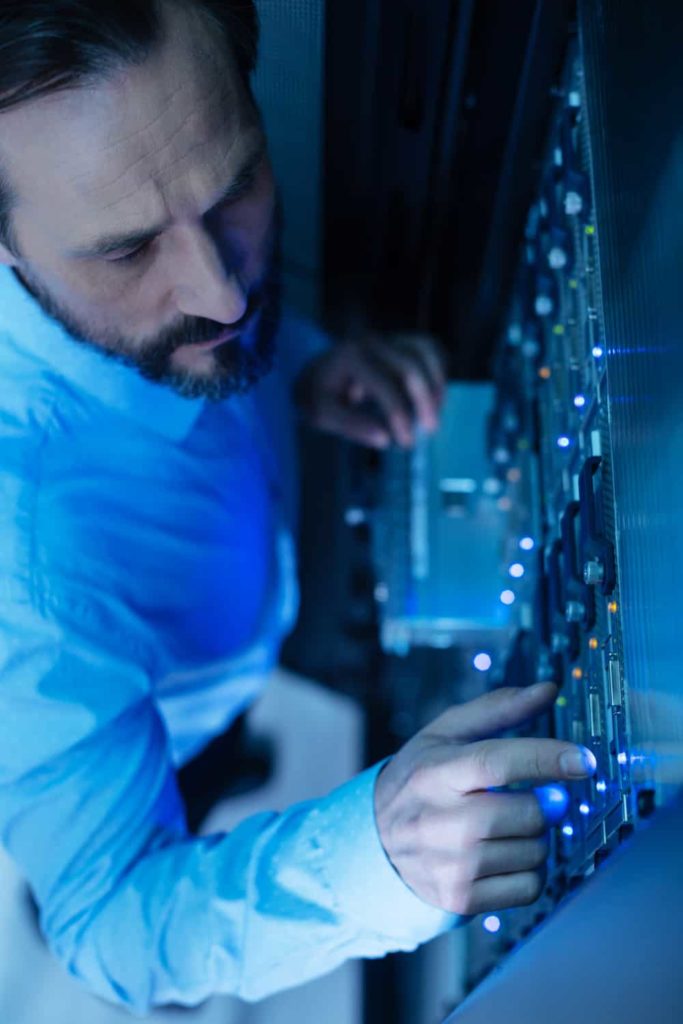
The load (the amount of energy consumed by servers and network equipment in server halls) can vary at given time depending on the network demand and accommodating the load efficiently is challenging without the intervention of AI. For example, if the load suddenly goes up in one server hall, additional chilling is required to keep the servers cool and running efficiently. Energy efficiency gains can be made by knowing exactly when to switch that additional chiller on and when to switch it off.
By collecting, aggregating and analysing operational data, AI can set certain trigger points and execute actions – such as switching the chiller on or off – at exactly the right moment. Machine Learning can also by deployed to understand load patterns and predict when fluctuations in load will occur, allowing DC operations to react efficiently. In an uninterruptable power supply (UPS), AI can switch between efficiency modes automatically in response to changing load levels, ensuring the system runs as close to the optimum efficiency for the load at any given time.
This can also be applied to reducing electricity overheads. Balancing energy efficiency with the cost of electricity is a constant struggle for DC operators. With loads increasing every year, operators are faced with growing electricity bills. Attempts to keep electricity costs low can impede upon the energy efficiency of the facility. For example, running chillers at 10% of their capacity is one way to minimize electricity costs but this means the chillers will run inefficiently.
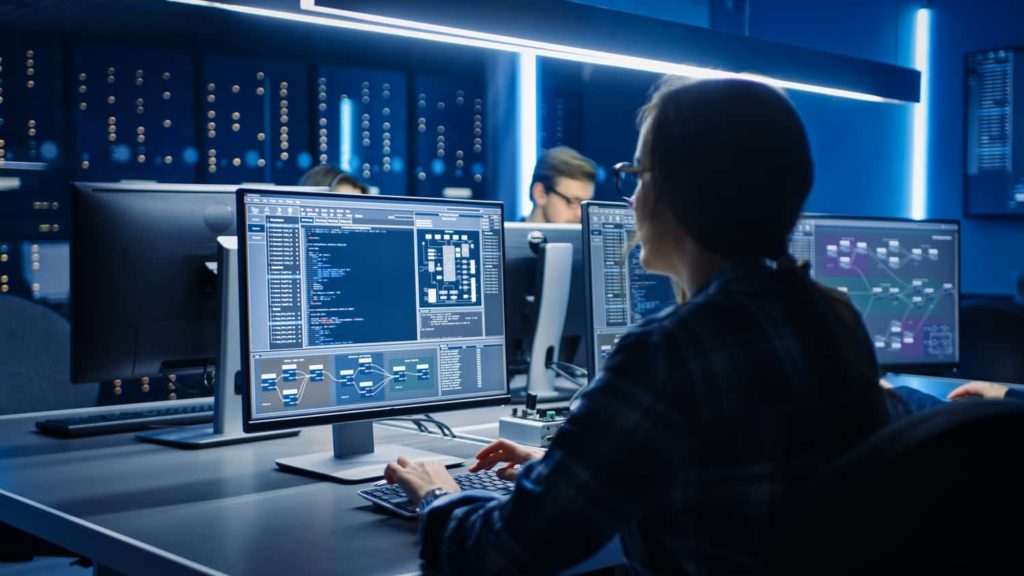
AI can be used very effectively in control systems to help operators balance cost and efficiency. This is improving over time but there is an onus on the manufacturers to make these developments faster so that operators can build greater levels of automation on top of those systems to help strike the right balance.
Robust cyber security measures
Increasing cyber security in DCs largely comes down to understanding behavioural patterns in the IT infrastructure and reacting immediately when a typical pattern is disrupted by an atypical behavioural event. This is very similar to the way cyber security works in a conventional office-based business. Each company device will have its typical usage pattern and AI can understand how individual devices typically interact with the network. A device logging on to the network outside of regular working hours and extracting data from the system would be an unusual behavioural event and AI can recognise this then disable the device’s network access and notify the business of a possible attempted security breach.
In the context of a DC, AI will monitor the behavioural pattern of every server and will react accordingly to any event that diverges from the typical pattern. These AI capabilities can be leveraged at an extremely granular level to further enhance security. For example, if a server’s behaviour suddenly changes after somebody has been present in its server hall. This kind of granularity offers huge potential for DCs from a cyber security perspective and will continue to improve security as demand for their services grows.
Where humans would typically struggle to make data-informed split-second decisions that could improve energy cost and efficiency or stop a data breach, AI is helping the DC sector to evolve. It’s an exciting time for the sector and we can expect to see decision-making becoming more intelligent and autonomous as AI-driven solutions continue to evolve.
Learn more about emerging trends across the tech panorama in the latest issue of Interface




